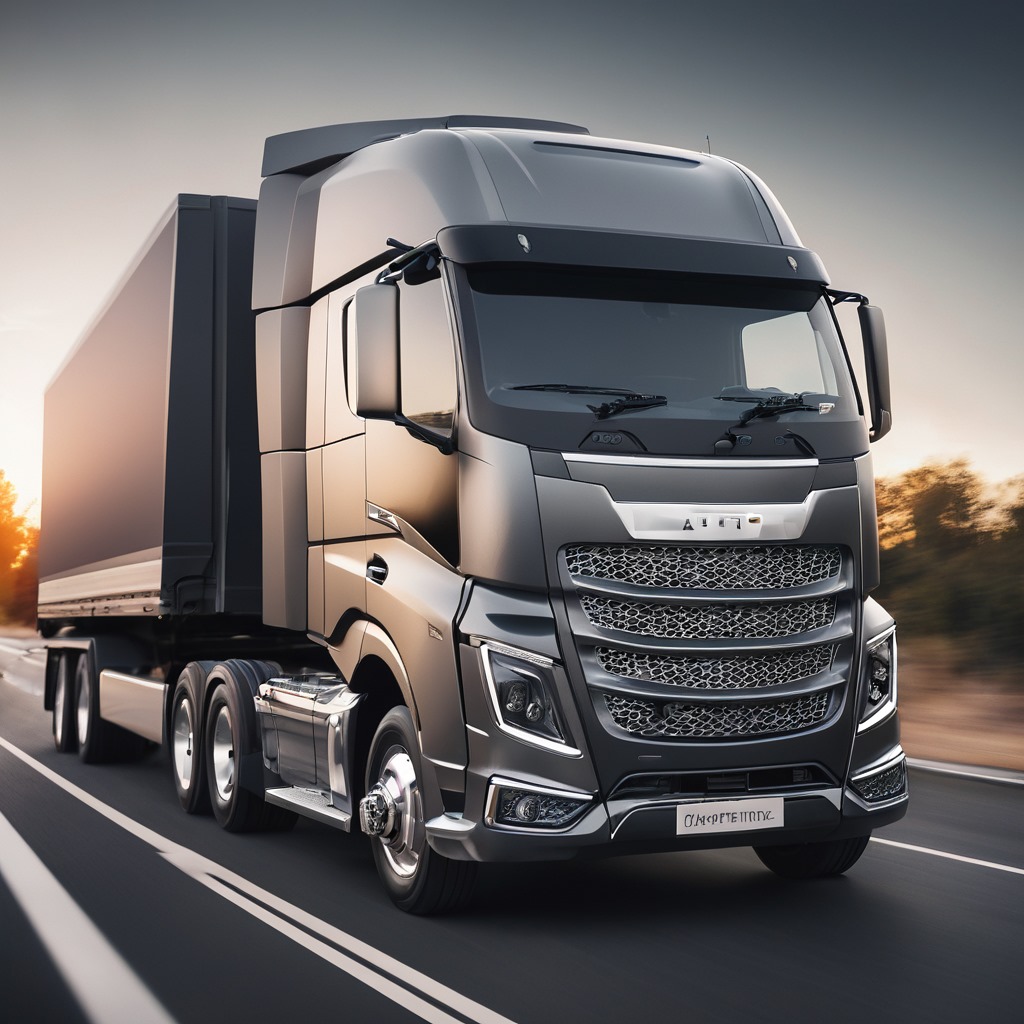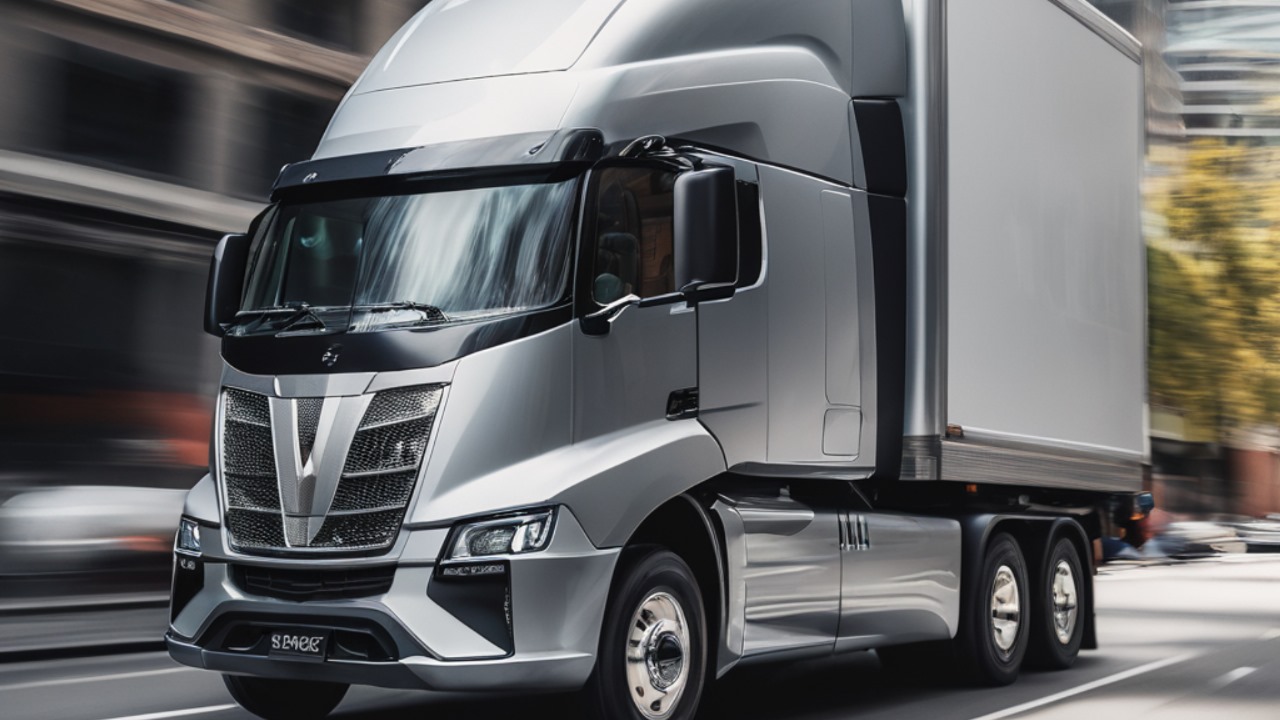Safety has always been a top priority in the field of automotive innovation particularly when it comes to commercial vehicles. An engaging account of the industry’s unwavering quest for auto intelligence can be found in the recent article that illuminates the development of safety design in commercial vehicles. Let’s explore the cutting-edge technologies design philosophies and regulatory frameworks that are influencing the future of commercial vehicle safety as we go into the specifics of this game-changing journey.
Commercial Vehicle Safety Is Essential.
Over long distances, commercial vehicles are the backbone of the world’s transportation networks carrying both passengers and goods. To reduce risks and improve road safety, however, these vehicles immense size weight and complexity present special safety challenges that call for creative solutions. Manufacturers are placing a greater emphasis on incorporating cutting-edge safety features and design elements into their commercial vehicle offerings as a result of realizing this need.
Auto Intelligence Evolution: From Passive to Active Safety.
In the past passive safety features like airbags crumple zones and reinforced cabins have dominated commercial vehicle safety design efforts to reduce injuries in the case of an accident. Although these features are still essential the industry is currently undergoing a paradigm shift in favor of active safety technologies which stop accidents before they happen.
The cutting-edge safety innovation is advanced driver assistance systems or ADAS.
Advanced Driver Assistance Systems (ADAS) a collection of technologies intended to improve driver awareness reduce the risk of collision and automate some driving tasks are at the vanguard of this revolution. By enhancing human abilities and anticipating possible road hazards advanced driver assistance systems (ADAS) are transforming commercial vehicle safety. Examples of these technologies include adaptive cruise control lane departure warning automated emergency braking and blind-spot detection.
Machine learning (ML) and artificial intelligence (AI) combined.
The integration of artificial intelligence (AI) and machine learning (ML) is essential to the advancement of ADAS technologies because it allows cars to read real-time data predict possible driving situations and make split-second decisions on their own. AI-driven systems become increasingly useful over time through constant learning and adaptation becoming commercial vehicle operators most valuable allies in safely negotiating complex road environments.

The state of regulations: advancing safety standards.
Standards and industry-wide compliance are largely driven by regulatory frameworks even though technological innovation is a major factor in improving the safety of commercial vehicles. Globally governments and regulatory organizations are requiring commercial vehicles to have safety features like autonomous emergency braking (AEB) lane-keeping assistance and electronic stability control (ESC). This is leading to an increase in the standard of safety for all vehicles.
Prospects and Difficulties Up Front.
Commercial vehicle safety design has come a long way but there are still big obstacles to overcome. Cost concerns interoperability problems and the requirement for extensive training and education programs to acquaint operators with new technologies are foremost among these. In addition, cybersecurity becomes a major worry as cars get more autonomous and networked calling for strong security measures to fend off online dangers.
Towards a safer tomorrow: the road ahead.
The field of safety design is set to experience a surge in innovation and advancement never seen before as the commercial vehicle industry embraces the next frontier of auto intelligence. Manufacturers can design vehicles that push the limits of transportation safety by utilizing artificial intelligence machine learning and the Internet of Things to create smarter safer and more efficient vehicles. Additionally in order to advance global efforts to improve commercial vehicle safety cooperation between stakeholders including manufacturers regulators and technology providers will be crucial.
A vision of excellence in safety in conclusion.
In summary, a transformative journey towards a future where road accidents are minimized and lives are protected can be seen in the evolution of safety design in commercial vehicles. The auto industry is pursuing safety excellence by adopting innovative technologies design principles and regulatory frameworks thereby establishing new standards for auto intelligence and innovation. The industry’s steadfast dedication to safety in motion is reflected in the confidence dependability and security that commercial vehicles exhibit as they drive down the highways and byways of the future.

Leave a Reply